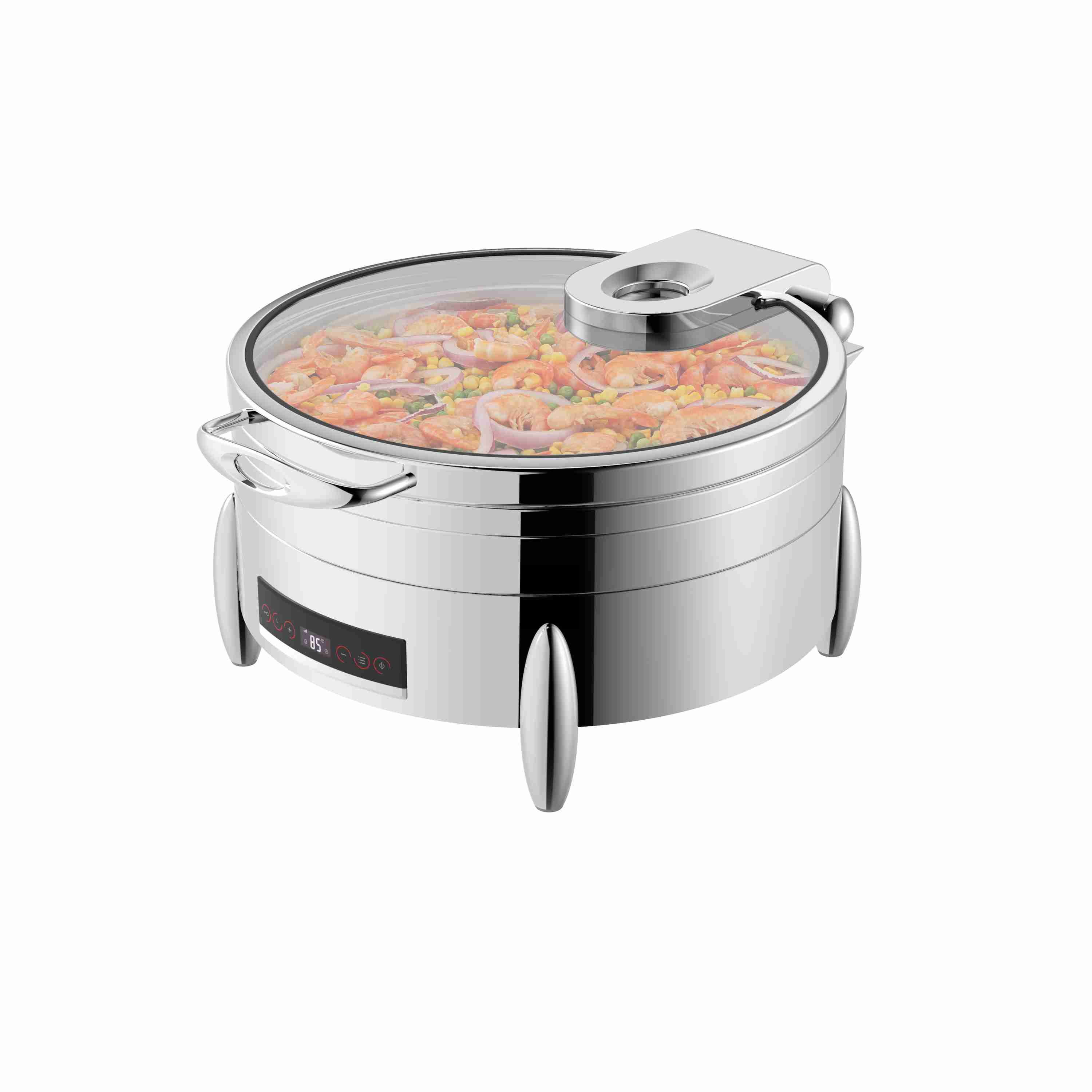Buffetware Safety and Health Protection
2025-07-31
Every time you walk into a buffet restaurant, the aroma of delicious food always makes your mouth water, but few people pay attention to the knives, forks, spoons, and even disposable cutlery placed next to your plate. These seemingly insignificant items actually harbor numerous health risks. Today, let's discuss the safety issues behind buffet tableware to help you be more vigilant next time you dine.
1. The "Soft Trap" of Plastic Cutlery
Disposable plastic cutlery is a common sight in buffet restaurants. It's lightweight and inexpensive. But did you know? Some low-quality plastics release bisphenol A (BPA) and phthalates when heated. These two substances are endocrine disruptors, and long-term exposure may affect reproductive health. Especially when serving hot soup or hot dishes, plastic spoons may be quietly releasing harmful substances. Not to mention cutlery made from recycled plastic, whose safety is not even guaranteed by the manufacturers themselves.
2. The "Surface Finish" of Metal Cutlery
Many high-end buffet restaurants offer metal cutlery. The gleaming cutlery looks clean and hygienic. But the reality may be quite the opposite—these tableware often undergo repeated use, and if not thoroughly disinfected, they can easily harbor grease and bacteria. Even more alarming, some restaurants simply rinse them with water to save time, potentially harboring pathogens like E. coli and Staphylococcus aureus in the grooves. Remember to rinse them with hot water before use; don't be bothered.
3. The "Eco-Friendly Scam" of Wooden Tableware
Bamboo and wooden tableware are a popular alternative to plastic, touted as eco-friendly and biodegradable. However, truly eco-friendly tableware is not cheap. Many so-called "bamboo fiber" tableware on the market actually contains a significant amount of plastic. Furthermore, wood absorbs moisture and mold easily. If stored in a humid environment, it can easily breed aflatoxin—a recognized carcinogen! Those wooden chopsticks that feel a bit sticky should be replaced immediately.
4. Cross-contamination at the Self-Service Area
The defining characteristic of buffets is that multiple people share tableware, making them a hotbed for the spread of bacteria. Studies have shown that the total bacterial count on the surfaces of buffet tableware often exceeds recommended levels by dozens of times. This is especially true for tongs and spoons, which are frequently handled and may have become "bacterial relays." It's recommended to use disposable gloves or use a paper towel when handling food.
5. The easily overlooked "edges" of cutlery
Beyond the common cutlery, there are many hidden areas of hygiene in buffets: the edges of ceramic condiment jars, the blender taps, and the plates that waiters frequently exchange. Many restaurants skimp on disinfection procedures to save costs, but these areas often harbor invisible dirt. Next time, observe: if the waiter's rag is black after wiping the table, the tableware isn't much better.
Conclusion
Food safety is no small matter, and the safety of buffet tableware is even more crucial to everyone's health. As consumers, we must not only learn to identify the safety of tableware but also cultivate good dining habits. After all, the prerequisite for enjoying good food is to maintain health, isn't it?
As a professional manufacturer and supplier, we provide high-quality products. If you are interested in our products or have any questions, please feel free to contact us.



